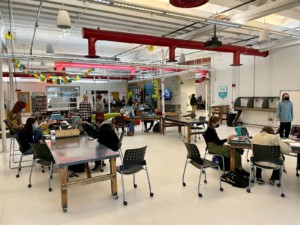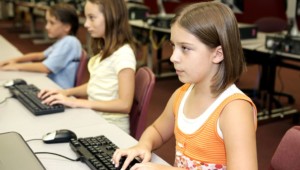Project-Based Blends

Blended learning offers a great opportunity to expand and improve the use of project-based learning (PBL).
I’m joining Mickey Revenaugh, Connections Learning, this morning at ASCD (#ASCD12) to discuss PBL blends. We’ll discuss a variety of PBL blends. I’ll focus on PBL as core curriculum and PBL as a supplement.
PBL as Core. There are three well known networks that operate with a PBL core:
- Edvisions is a network of PBL schools. I first visited Doug and Dee Thomas in Minnesota New Country in the fall of 1999 and announced that it had to be the coolest school in America. Envisions is a network of more than 70 schools They “utilize self-directed, project-based learning to build student autonomy through relevant learning opportunities; create student belongingness through full-time advisories; and empower teachers via teacher-led and democratically governed schools.”
- Big Picture Learning is a network of high schools focused on internships. They make extensive use of PBL.
- New Tech Network, based on New Tech High in Napa, was an early leader in platform-centric network development. Echo is a PBL LMS that helps teachers find and create rigorous integrated projects.
- Edmodo is a social learning platform (and Learn Capital portfolio company) that makes it easy for teachers to create project groups and mash up content to build engaging projects.
- Project Foundry is a great PBL tool that also helps schools (like the Edvisions network) track competencies.
- Buck Institute has a great starter kit for PBL.








0 Comments
Leave a Comment
Your email address will not be published. All fields are required.